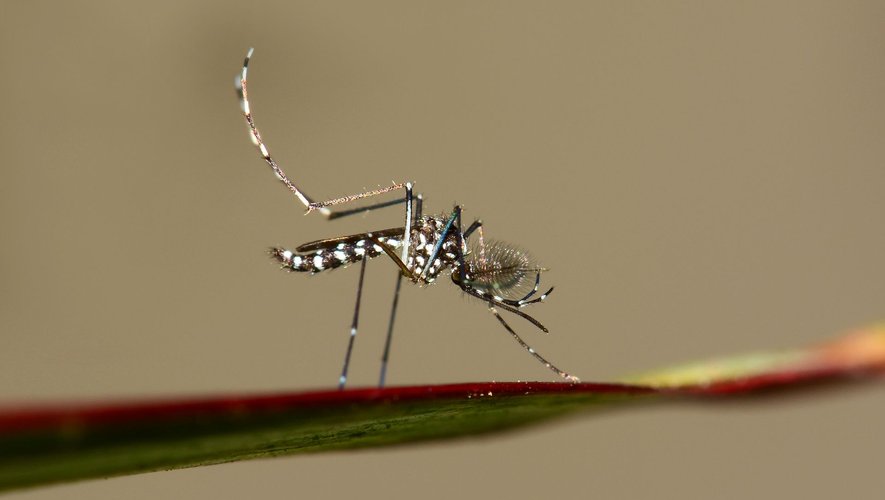The tiger mosquito – Aedes albopictus – is known to be the vector of many viruses such as dengue, chikungunya and Zika. But French researchers have just shown that it could also transmit two other diseases.
According to researchers from the Institut Pasteur, the University of Reims Champagne-Ardenne and the Institute of Parasitology and Tropical Pathology in Strasbourg, in addition to dengue or chikungunya, the tiger mosquito could be the vector of two other viruses: the West Nile and Usutu.
The first, also called West Nile virus, was first isolated in Uganda in 1937. It has since been responsible for epidemics in Africa, the Middle East, Western Asia and Europe. It appeared in North America for the first time in 1999 and is regularly detected around the Mediterranean. Although 80% of infected people remain asymptomatic, the West Nile virus can cause neurological damage (meningitis, encephalitis and meningoencephalitis) that make it serious.
As for the second, the Usutu virus, it is an emerging virus of African origin. It can cause neurological disorders such as tremors, even encephalitis or meningoencephalitis, mainly in immunocompromised people.
Through the birds…
It was within the framework of mosquito surveillance in the Grand Est that the researchers undertook to measure the capacities of five species of mosquitoes to transmit the West Nile and Usutu viruses. And to their surprise, the tiger mosquito”s‘has been shown to be able to transmit both viruses.“
How is it possible ?
According to scientists, “in the spring, millions of birds make a long migration to reach their breeding grounds. The Great East of France, in particular, is a place of passage for birds capable of carrying the West Nile and Usutu viruses. By biting humans and birds for food, the tiger mosquito can potentially act as an intermediary vector to transmit the virus from bird to human.“
Should we be worried about it?
Anna-Bella Failloux, Head of the Arboviruses and Insect Vectors Unit at the Institut Pasteur and coordinator of the relativized study: “With our knowledge of the territorial distribution of the tiger mosquito, we can already draw a map of the areas where the two viruses are at risk of being transmitted to humans. In particular, it is possible to strengthen the surveillance of mosquitoes and birds near urban areas, where the tiger mosquito is already established.“
Limit stagnant water
In general, to protect yourself from the tiger mosquito and prevent its spread, it is recommended to destroy or dry out stagnant water reserves inside or outside the home: gutters, flower pot cups, particularly popular with females to lay their eggs.

